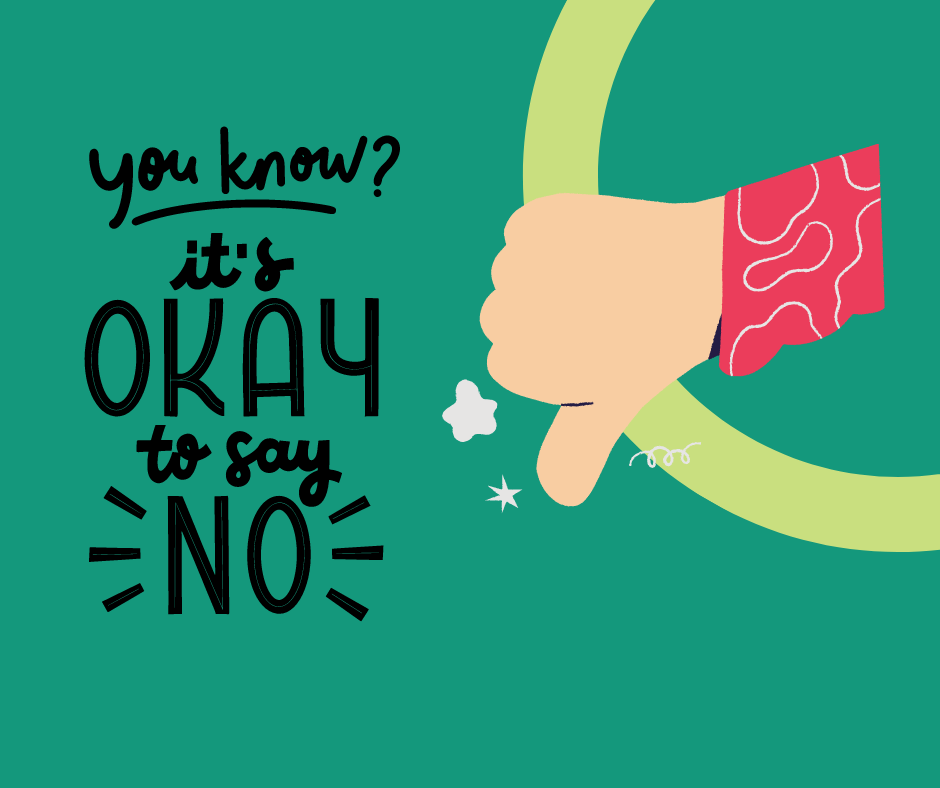
Teaching Kids to Say 'No' with Confidence
Far too often, children feel compelled to
always help. That's why they constantly say yes and never gain comfort. Teaching children to
make effective choices about when to say "yes" and when to say
"no" is an important life skill that is important to learn for them.
It can help them establish boundaries, make
independent decisions, and protect themselves from potentially harmful
situations.
Here are some strategies you can use to
teach children how to say "NO" effectively:
1. Understand personal boundaries: Teach
your child about personal boundaries and the importance of respecting them.
Help them recognize their own comfort levels and encourage them to prioritize
their well-being.
2. Trust instincts: Teach children to trust
their instincts and listen to their inner voice. Encourage them to pay
attention to their feelings and emotions when making decisions. If something
feels wrong or uncomfortable, it's okay to say “NO”
3. Role-play scenarios: Act out different
situations where saying "NO" may be necessary, such as when someone
wants to borrow their belongings without permission or when they are offered
something they don't want. Practice assertive responses and teach them how to
use clear and confident language.
4. Teach alternatives to saying “yes”. Help
children understand that saying “NO” doesn’t have to be rude or
confrontational. Encourage them to suggest alternatives, such as proposing an
alternative activity or compromise.
5. Evaluate consequences: Help children
understand the potential consequences of their choices. Discuss both the
positive and negative outcomes of saying "yes" or "no" to
certain situations. Encourage them to consider the short-term and long-term
effects of their decisions.
6. Validate their feelings: Acknowledge and
validate your child's feelings when they express discomfort or a need to say
"NO." Let them know that their feelings are valid, and encourage them
to trust their instincts.
7. Teach problem-solving skills: Help
children develop problem-solving skills to navigate situations where saying
"NO" may lead to conflicts. Discuss possible consequences and explore
alternative solutions together.
8. Reinforce positive outcomes: Celebrate
and acknowledge instances where your child confidently said "NO" when
necessary. Praise their ability to assert themselves and emphasize the
importance of setting boundaries.
Remember that teaching children to say
"NO" should be balanced with teaching empathy and respect for others.
It's essential for children to understand that while they have the right to say
"NO," they should also consider the feelings and boundaries of others


